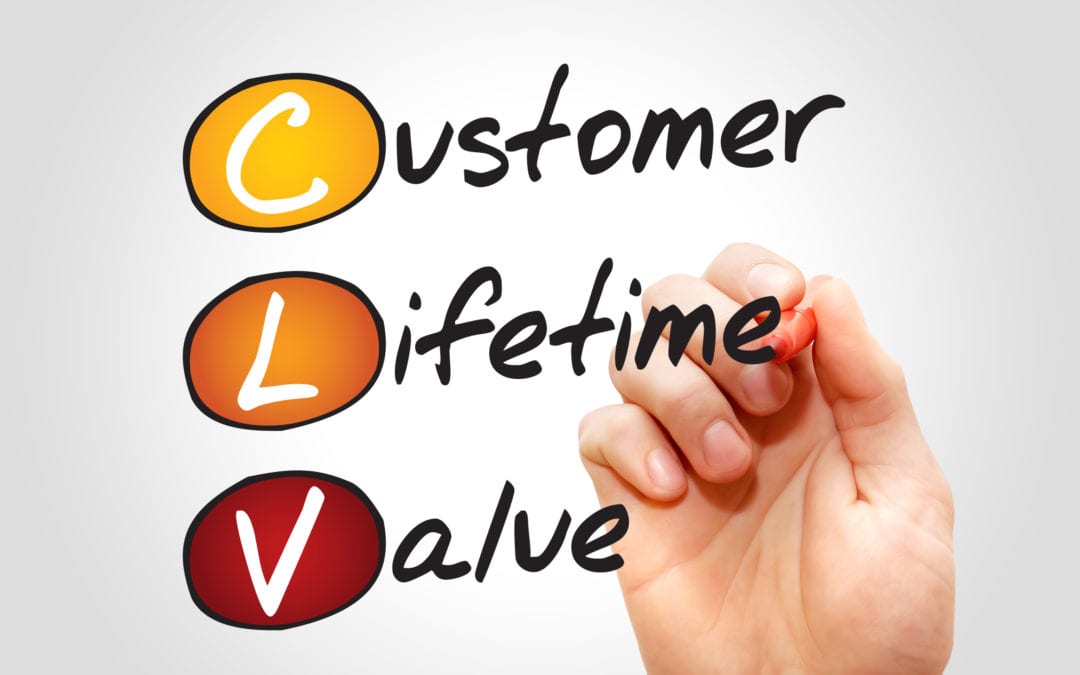Customer Lifetime Value (CLV) is an important metric for businesses of all sizes and in all industries, but for SMEs, it can be especially useful and help you to compete with much larger brands. So, what exactly is CLV? Essentially, this is the average amount of money that customers will spend on your business over the course of your relationship with them – if they were to spend £100 per year for 5 years, for example, then the CLV would be £500.
Benefits of High CLV
Obviously, businesses will want their CLV to be as high as possible in order to maximise profitability, but this is not the only benefit of a high CLV. It also demonstrates that your marketing is working, that you are providing a high-quality product/service and connecting with your target customer. Not only this, but customer acquisition can be a difficult and expensive process so it is better to retain customers if possible.
Why it is important for SMEs
As mentioned, CLV is a metric that all businesses need to be aware of, but it is something that SMEs should focus on more than larger companies. This is because these bigger companies can simply rely on a larger customer base, whereas a smaller company will need to maximise its returns from a smaller customer base and encourage them to spend as much as possible over the long-term. So, how can SMEs maximise CLV?
Understanding Your Customers
Perhaps the most important aspect of maximising CLV is having a clear understanding of who your target customer is, including why they are purchasing, what attracted them and how you can retain their business. For this, you could map and analyse the customers’ journey through digital and physical touch points. Or, for more centric businesses, gain an understanding of what led them to pick up the phone which can be achieved through advanced call tracking software to increase conversions and improve your return on investment.
Rewarding Loyalty
Another effective way to maximise CLV is to reward loyalty so that you are encouraging customers to repeat transactions and cultivate purchasing habits – loyalty and referral programs are both effective ways to do this. You should also look to increase each transaction amount to boost CLV, which you can do through upselling and personalised shopping experiences.
Building Relationships
As you might expect, building and maintaining personal relationships is also important for increasing CLV. Consumers want to feel valued and looked after so you should be providing excellent customer service, going the extra mile and taking the time to get to know each customer (this is easier as a small business). On top of this, you need your brand to remain visible to your customers with social media and email marketing to reinforce the post-purchase relationship.
CLV is hugely important for small to medium businesses because it is much cheaper and easier to retain customers than it is to acquire new ones. Furthermore, levels of profitability are likely to be much higher when developing relationships with loyal customers because the cost of sales will decrease.

